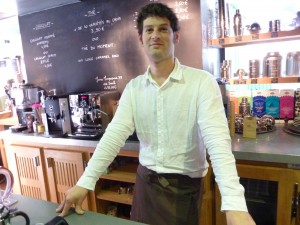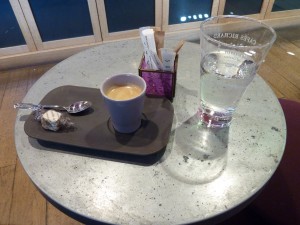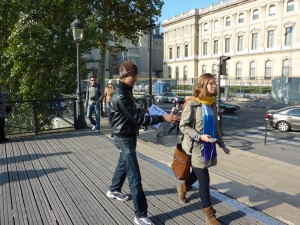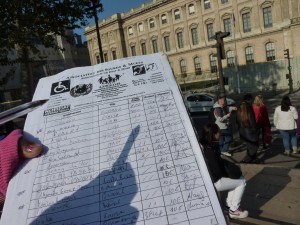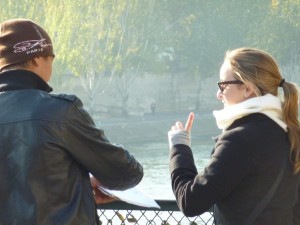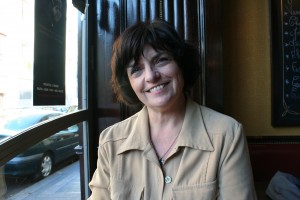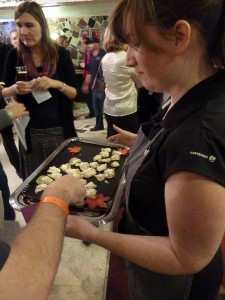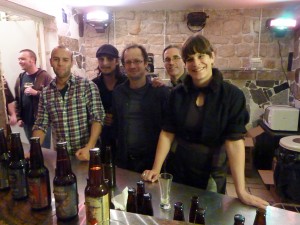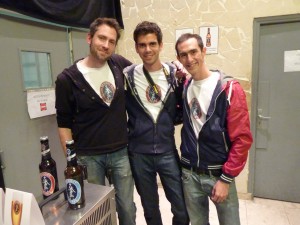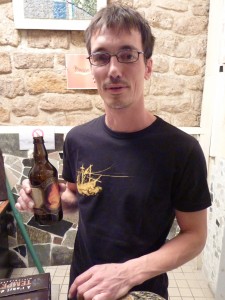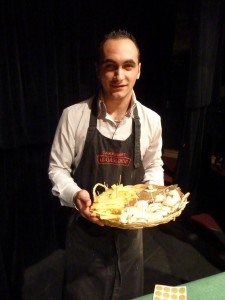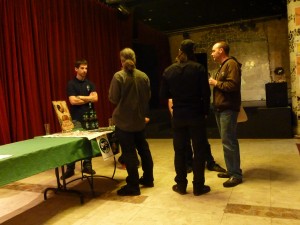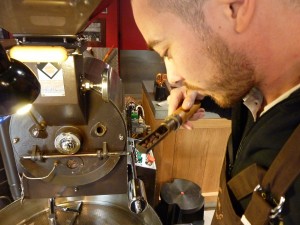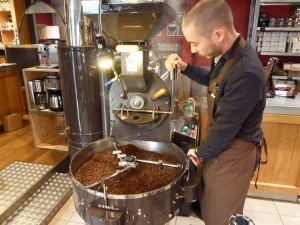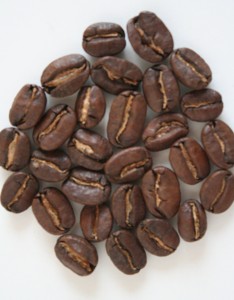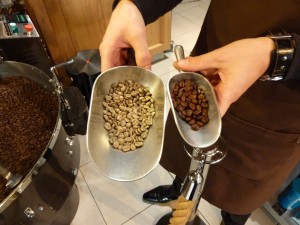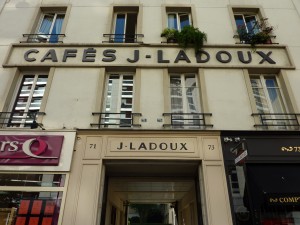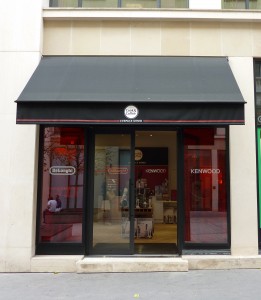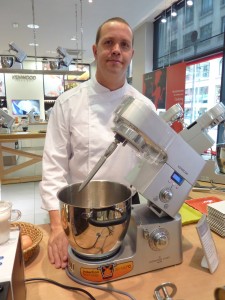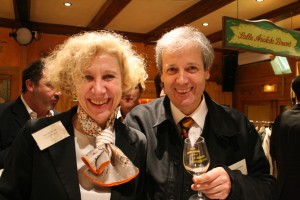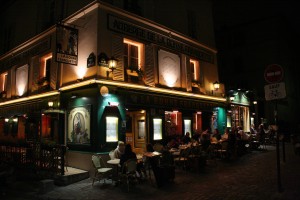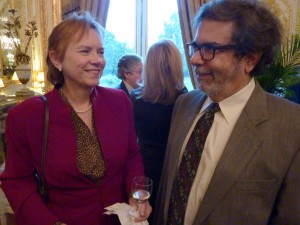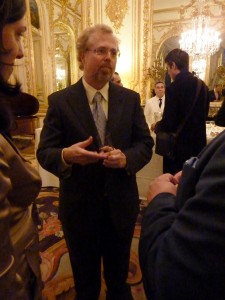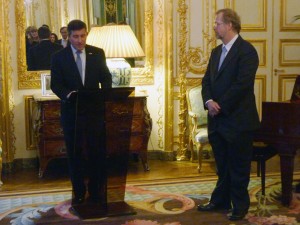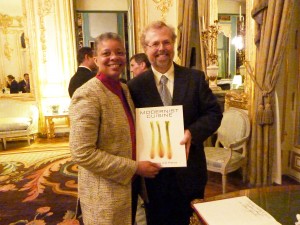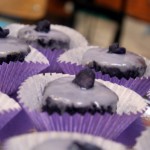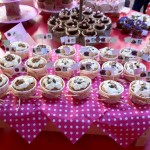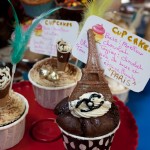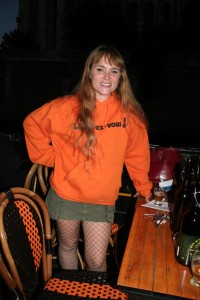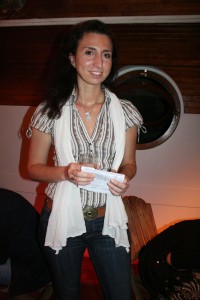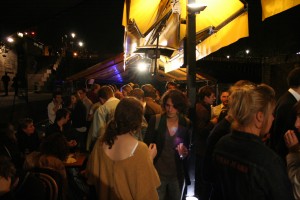France’s first Fête de la Gastronomie was held on Friday, September 23. Among the events that were organized around this theme were presentations and tastings of cheese, chocolate, tea, beer, and coffee. I chose to attend the beer and coffee events.
In Part I of “Celebrating Coffee during the Fête de la Gastronomie” I wrote about the coffee-roasting demonstration that was held at Comptoirs Richard in the 15th arrondissement. Today, I present my observations on the presentation and coffee tasting that was held at the company’s shop in the 6th arrondissement.
Before the tasting, the manager, Jérémie, gave a presentation on the history of coffee. He mentioned the legend of the Yemenite goat herder Kaldi (some place him in Ethiopia) who is credited with discovering coffee after noticing one day that his goats were rather frisky after eating the red berry of the coffee tree.
Jérémie went on to trace the trade route of coffee from Ethiopia to Yemen and then to Europe. From Europe, the French took it to Martinique in the Caribbean.
He talked about two different kinds of coffee, Arabica and Robusta, whose beans come from different species of plants. Arabica grows at high altitudes, while Robusta grows at low elevations. Arabica is the preferred coffee; its taste ranges from sweet and soft to sharp and tangy. It represents 70% of the world’s annual coffee production. Robusta has a limited range of taste and is considered to be an inferior coffee. The top producer of Robusta is Vietnam, which exports 12% of the world’s annual coffee production. The top producer of both types of coffee is Brazil, which exports 35% of the world’s annual coffee production.
Jérémie mentioned that the top importer of coffee is the United States (20 million sacks of coffee per year), followed by Germany (10 million), Japan (7 million), Italy (5.4 million), and France (5.4 million). Although the U.S. is the top importer of coffee, it is not the top consumer in terms of number of kilos per coffee drinker per year. That honor goes to the Norwegians, whose coffee drinkers each consume 10 to 11 kilos of coffee per year.
Jérémie then turned to the details of coffee production itself, including where it is grown (in the sun or in the shade), how it is harvested (machine picked or handpicked), how it is prepared (wet process or dry process) and how it is sorted (mechanically or manually). The production of coffee, he explained, is a complex process. Mishandling at any point, including the final phases (roasting, grinding, and brewing), can adversely affect the flavor of the product.
To help its customers choose which coffee they might like to purchase, Comptoirs Richard provides the following information about each product:
• The continent from which it comes
• The country
• The region
• The plantation
• The method of harvesting
• The method of drying
• The method of sorting
Following Jérémie’s presentation, we repaired to the coffee bar where we tasted Costa Rica (country) Tarrazu (region) “La Pantera” (plantation) coffee brewed in three different ways: drip-brewed with a filter; steeped in a French press; and pressure-forced in an espresso machine. I found that the filtered coffee had a mild fruity flavor, but at the same time tasted bitter; the flavor of the steeped coffee was stronger but less bitter; and the espresso the strongest flavor with the least bitterness.
We participate in Wanderfood Wednesdays. Head over there to explore food from around the world!
Like our blog? Join us on Facebook!


